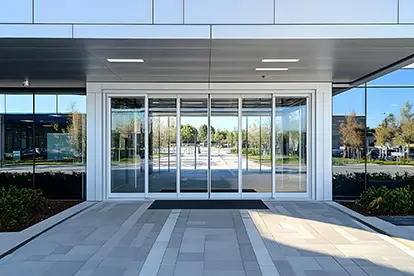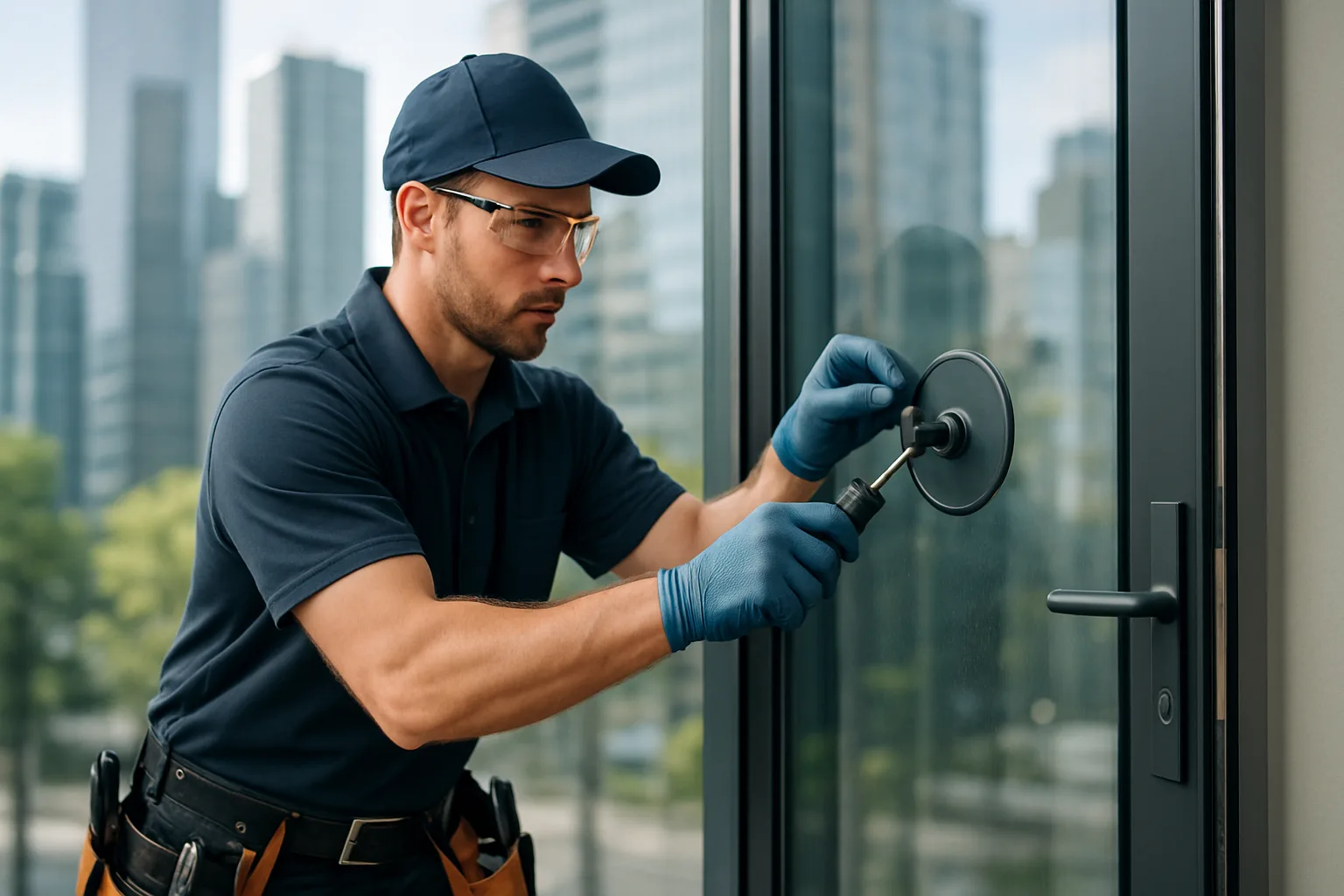What Is the Glass on a Door Called?
When shopping for entryways or updating interiors, many people ask the question: what is the glass on a door called? This simple phrase often leads to a world of technical terms that can feel overwhelming at first. Whether you’re exploring replacements, repairs, or design upgrades, understanding the terminology helps you make informed choices and communicate clearly with professionals.
This guide breaks down all the major terms, shows where they are used, and helps you decide which glazing options fit your needs.
Understanding What Is the Glass on a Door Called
When contractors and manufacturers describe doors, they rarely just say "glass." Instead, they use more precise language to differentiate materials and styles. Learning these definitions is essential if you want to choose the right option or discuss installation with confidence.
What Is the Glass on a Door Called in Different Contexts?
Depending on the purpose and design, you’ll hear several terms. Here’s a quick overview of the most common ones:
- Lite: A single transparent section built into the door slab. Traditional French doors use multiple small lites arranged in grids.
- Insert: A pre-fabricated panel that fits into a prepared opening. Inserts are easy to swap if damage occurs.
- Panel: A large, uninterrupted sheet, often seen in patio sliders or modern entries.
Each of these is technically a way to answer the question, "what is the glass on a door called?" but they serve unique functions and styles. You’ll often encounter all of them in renovation brochures or hardware catalogs.
Other Ways to Describe What Is the Glass on a Door Called
Beyond the core categories, you’ll find additional terminology in catalogs and guides:
Vision Lite: What Is the Glass on a Door Called in Commercial Spaces?
In offices or schools, a vision lite is a smaller pane added to solid fire-rated doors. It improves visibility and safety without compromising structure. You’ll often find these at eye-level height to maintain discretion while providing visibility in emergencies.
Sidelites: What Is the Glass on a Door Called Beside an Entry?
Sidelites are vertical sections that sit next to the door. While not part of the main slab, they often come up when discussing entrance design. They help bring in natural light and often include privacy textures like bevels or frosted finishes.
Transoms: What Is the Glass on a Door Called Above the Frame?
Transoms are horizontal windows above the door that bring in daylight and enhance curb appeal. While mainly aesthetic, they also contribute to ventilation in some traditional homes.
Types of Glass Used in Doors
Knowing what is the glass on a door called is just the beginning. The material itself varies widely in performance and appearance:
Tempered Safety Glass
This option is extremely popular in exterior doors. It’s four times stronger than standard glass and shatters into small, blunt pieces instead of sharp shards. This makes it much safer around children and pets. Most building codes require tempered glass for any panels near the floor or in doors leading to exterior areas.
Laminated Glazing
Laminated options offer superior soundproofing and impact resistance. It consists of two layers of glass with a resin or plastic interlayer. If broken, the interlayer holds the fragments in place. It's frequently used in hurricane-prone zones and high-security commercial buildings.
Insulated Units
These systems use two or three panes of glass separated by gas-filled space (often argon or krypton). The sealed structure reduces heat loss, limits condensation, and cuts energy costs. While they add to the cost upfront, they save more long-term — particularly in areas with temperature extremes.
Decorative Glass
Design-forward doors use etched, patterned, or tinted glass to create visual interest. While these don’t always enhance structural performance, they offer great value for aesthetics and curb appeal. They are often found in luxury homes or restoration projects with traditional wood doors.
Choosing What Is the Glass on a Door Called for Your Home
Before selecting a specific configuration, consider:
- Privacy: Frosted finishes for street-facing doors
- Security: Laminated and tempered glass for safety
- Climate: Insulated units to prevent heat loss
- Design: Panels or inserts that match your architecture
If you’d like help selecting the best fit, visit our service area page to connect with experienced specialists in your community.
Glass in Doors by Home Style
Modern Homes
Homes with a contemporary design typically feature full-length panels or uninterrupted glazing that offers maximum light. Materials tend to be steel or aluminum, and privacy is managed through smart glass or built-in blinds.
Traditional Architecture
Classic or colonial homes use more divided panes and decorative designs. You’ll often see beveled, stained, or frosted glass used in combination with wood frames. Sidelites and transoms are also more common in these styles.
Industrial or Loft Designs
These spaces may include large, grid-like doors with steel mullions separating lites. Often painted matte black or charcoal, the design pays homage to factory windows. They strike a balance between transparency and structure.
Farmhouse & Craftsman
These styles focus on natural materials. Doors often include modestly sized panels or etched details to enhance warmth and authenticity.
Common Door Glazing Issues (and Fixes)
- Condensation: A sign your insulated unit is failing. The solution usually involves replacing the entire sealed panel.
- Cracks or chips: May require professional assessment. Small chips can sometimes be filled; cracks usually require replacement.
- Discoloration: Often caused by UV damage or age. Decorative coatings can wear over time and may need refinishing.
Routine checks and maintenance can extend the life of your door’s glass, especially in harsh climates or high-traffic areas.
Professional vs DIY Replacement
Many homeowners wonder if they can replace glazing themselves. The answer depends on how the unit was built. If your door uses removable inserts with screw-down frames, a confident DIYer can handle it with basic tools. However, if the pane is embedded into the door slab or sealed with adhesives, professional installation is safer and ensures no damage to the door itself.
Also consider if your replacement will affect your home’s energy rating or building code compliance — especially for fire-rated units or entry systems.
Maintaining Door Glazing Over Time
Here are some tips to keep your glass panels or inserts in great shape:
- Clean monthly with non-abrasive cleaner and microfiber cloth
- Inspect seals every six months for air or moisture leaks
- Check hinges and frame alignment annually to prevent stress on glass
- Protect decorative glazing from direct sprinkler or hose exposure
Well-maintained glass can last decades, and many manufacturers offer warranties that cover fogging or seal failure for 10–20 years.
FAQs About What Is the Glass on a Door Called
Q: Can I replace only the glass section without removing the entire door?
A: Yes. If your door uses inserts, replacements are straightforward. Built-in lites or panels may require professional installation.
Q: Is decorative glazing secure?
A: Absolutely. Tempered and laminated options meet modern safety standards and resist impacts.
Q: What is the most energy-efficient option?
A: Insulated glass units reduce heating and cooling costs significantly.
Q: What is the difference between an insert and a lite?
A: Inserts are removable sections. A lite is typically part of the main door construction.
Conclusion: What Is the Glass on a Door Called? Now You Know
Whether you're renovating your home, replacing damaged components, or choosing a door for a new build, knowing what is the glass on a door called makes the process easier. Each term — lite, insert, panel — tells you something about how the glazing is made and installed. Additional features like sidelites and transoms complete the entry design.
With this knowledge, you’re better equipped to work with installers, explore materials, and make confident design choices. Want expert help? Visit our local service directory to find trusted specialists near you.
Still exploring? Check out Pella’s glass comparison tool to see how different glazing performs in real-world conditions.





